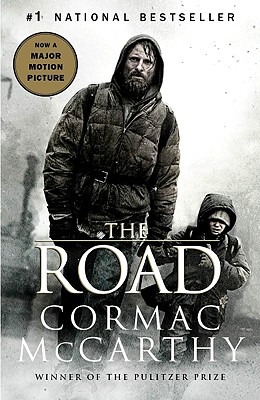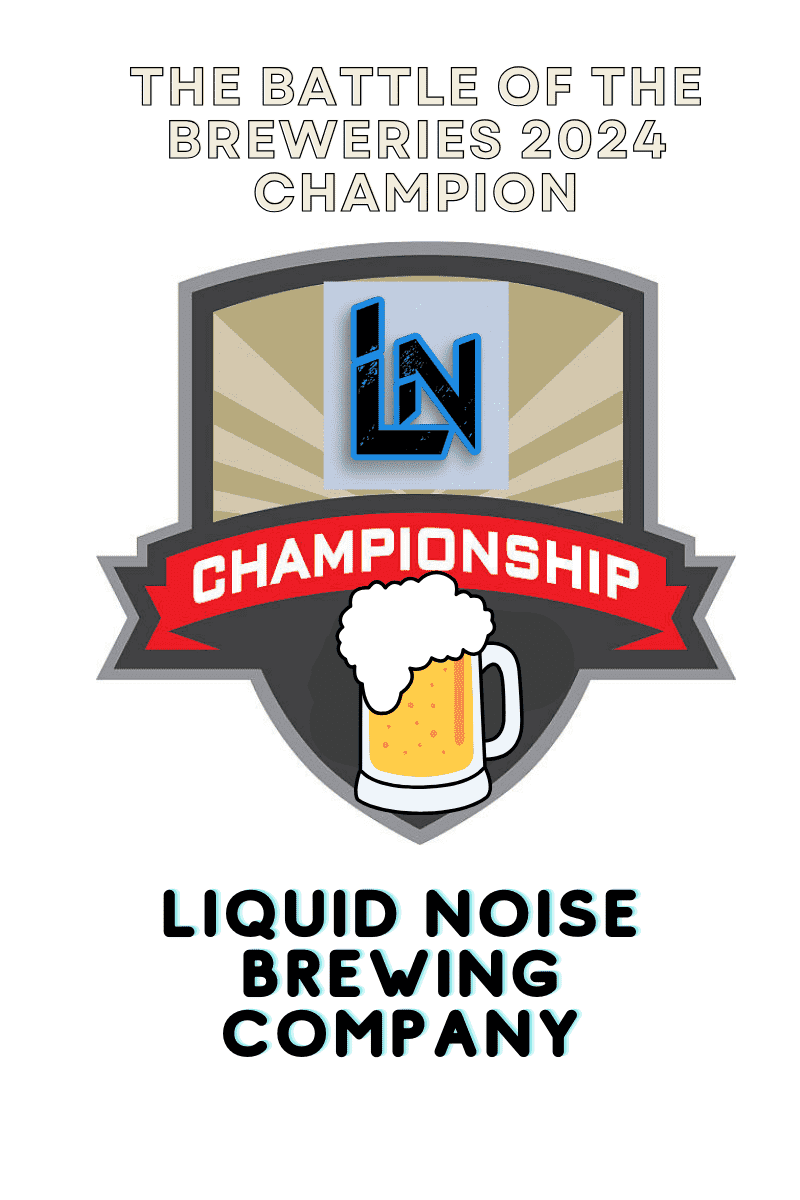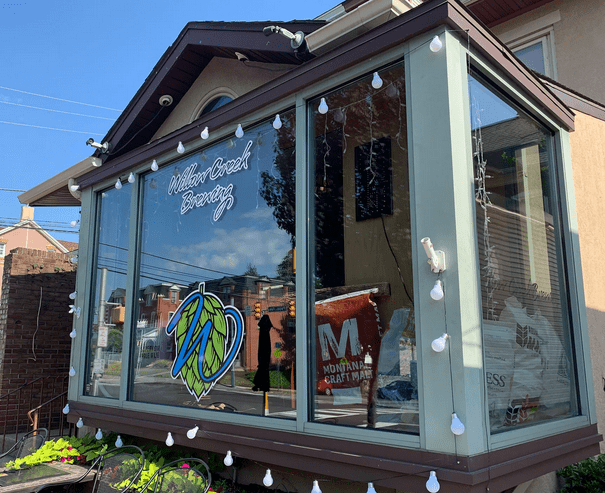Book Review: The Physics of Baseball (Robert K. Adair)
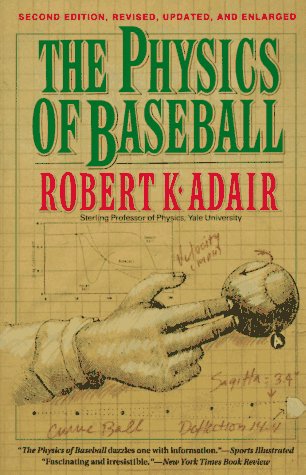
America’s Game
Its start of the season, its springtime, flowers are blooming, people are getting vaccinated, and for the first time in what feels like forever, people are getting to watch baseball in person, ahhhh what a glorious time it is, its baseball season! America’s game! The Phillies have started off 3-0 against the Braves and then quickly dovetailed into their normal season low. Ahhh what a great time!
Whats better than baseball? Thinking about baseball like a nerd! And no I don’t mean the sabermetrics like in Moneyball…. I mean even nerdier…. deep…. gritty…. nerdism….. I’m talking about….
PHYSICS! Everybody’s least favorite science!
So what’s better than combining our favorite sport with our least favorite subject right?
Physics
You can’t do baseball without physics. As Jesse would say (from Breaking Bad) “Yea… Science bitches!” I love science, but more in the “thats cool how it works” kind of way, and not so much in the “forms” and “figures” and “equations” kind of way. It all looks Greek and Hebrew and Gibberish to me when looking at X – r/1 (n/200) = v/3 or some such. I dunno…. that was purely made up contrivance there on my part, so take it for what it is. But this book is … somewhere between a layman’s work and a bit too heavy on jargon and equations.
So, needless to say then, some parts flew over my head, whilst other parts were in my wheelhouse. (When he talks like he would to a third grader, its in my wheelhouse, when he speaks to an educated academician … yea… definitely not in my wheelhouse.)
Spoiler before getting into the review – I think there is still plenty in this quick (106 pages or so, before footnotes, bibliography, and index) book for any baseball (and if there is such a thing as a ‘physics’ fan) fan.
Robert K. Adair
Sadly, it appears we just recently lost (last September) Robert K. Adair. I didn’t know of him or anything about him prior to reading the book, and the book doesn’t give a whole lot of history on his past either, but for the review I looked him up and he has his own Wikipedia page. (Though, at this point who doesn’t? ….oh wait… I don’t….) The book gives a few indications of his qualifications and expertise but not much else and not a whole lot of history of the man himself.
The lead-in for him on Wikipedia page: “Robert Kemp Adair (August 14, 1924 – September 28, 2020) was an American physicist. He latterly held the position of Sterling Professor Emeritus of physics at Yale University.[3][4][5]” (The Emeritus position for Yale was mentioned in the book.)
Adair served in the European theatre after volunteering for World War II and was awarded a Purple Heart and Bronze star. After achieving a doctorate in experimental nuclear physics at the University of Wisconsin he worked at Brookhaven National Laboratory (BNL) in Long Island. In 1959 he joined the faculty at Yale, serving as chair of the Department of Physics and director of the Division of Physical Sciences. He was elected to the National Academy of Sciences in 1976 where he served as Chairman of the Physics Section 1986-1989 and Chairman of the Class of Physical Sciences 1991-1994. He was elected a Fellow of the American Academy of Arts and Sciences in 1997,[1] after a distinguished career in, among many other subfields of physics, weak-interaction (Kaon) physics at the Alternating Gradient Synchrotron (AGS) at BNL.
Later, in his retirement, he studied the effects of extremely low frequency (weak) electromagnetic fields on human health and among other responsibilities served on the Committee of the American Physical Society (APS) established to investigate the APS Statement on Global Warming in 2007, which was not without its own internal controversy. He died in September 2020 at the age of 96.[6]
Robert Kemp Adair Wikipedia
He wrote two baseball related works: The Physics of Baseball and The Crack of the Bat: The Acoustics of the Bat Hitting the Ball.
The Physics of Baseball
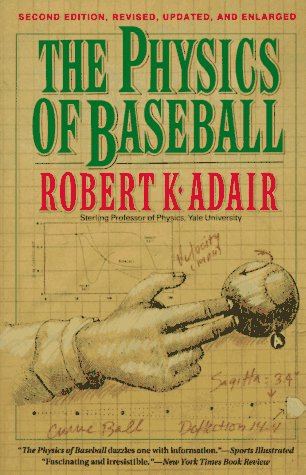
Book: The Physics of Baseball
Author: Robert K. Adair
Published: January 1st, 1990 (First Printed)
Edition: Second Edition, Paperback, Published January 20th, 1994
Pages: 160
The Physics of Baseball on GoodReads
The book is mainly broken down into a few main categories (there’s a few others that are brief and just tie in to the overall theme of physics and the book, rather than particulars) and they are: the flight of the baseball, pitching, batting the ball, and the properties of bats.
I liked the pitching segment the best because it discussed the differences in sliders, fastballs (depending on seam and style), curve balls and knuckle balls. I found it fascinating learning the different affects small things like rotation, air flow, humidity, etc, has on the ball’s speed, velocity, trajectory, etc.
The other segments were interesting as well. The flight of the ball was impressive, and is kind of funny in retrospect how he mentions if they ever play in Denver that they would have to change the balls they use. (Spoiler alert – the Colorado Rockies were founded in 1991, and they do not change the balls when playing there.)
The last segment about properties of bats is also interesting, especially as it discusses the various ways of cheating and tampering with bats. He claims (through his equations and physics) that corking bats actually doesn’t provide any benefits to the player and that there is no real benefit to cheating this way. He mentions several other ways in the past they cheated – hammering nails into the bat, cutting the bats, slicing the bats, different things other than corking, etc.
The equations and formulas are a bit hard to follow – for someone like me at any rate. I’m not the biggest formula and equation and nerd on that end, despite my love for science. I like seeing science in work, not doing the work for it, if that makes any sense. I think someone with a good (or recent) high school physics class or college course could do well enough with the formulas and equations, whereas for me, most went right over my head.
Overall this is a fun book for any fan of baseball and physics (and double win if your a fan of both). There is certainly a lot to learn here, especially if you are an active player, mostly for high school or college age, as a professional probably already knows all this – just without the science behind it; they just know it from learned behavior, by playing, by experience.
My GoodReads Rating: ***
My LibraryThing Rating: ***
Global Average GoodReads Rating: 3.70
Be sure to check out my other book reviews:
- Book Review: Wit’s End (James Geary)
- Book Review: Machiavelli – The Man Who Taught Us How to Fear (Patrick Boucheron)
Also be sure to check out my hike review:
Cheers and thanks for reading everyone! Hope you enjoyed. Let us know your thoughts on the book and hike reviews! Thanks!
-B. Kline
Thank you for visiting our blog. Please make sure to follow, bookmark, subscribe, and make sure to comment and leave feedback and like the blog posts you read. It will help us to better tailor the blog to you, the readers, likes and make this a better blog for everyone.
Please be sure to follow us on our social media accounts – Facebook, Facebook Group, Twitter, Instagram, YouTube, and Influence. Please be sure to also follow, like, subscribe to the blog here itself to keep updated. We love to hear from you guys, so be sure to leave a comment and let us know what you think!





